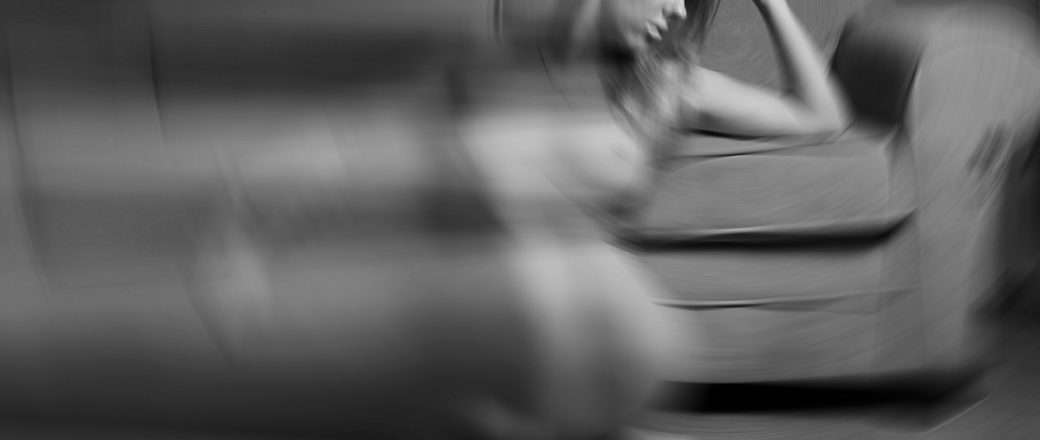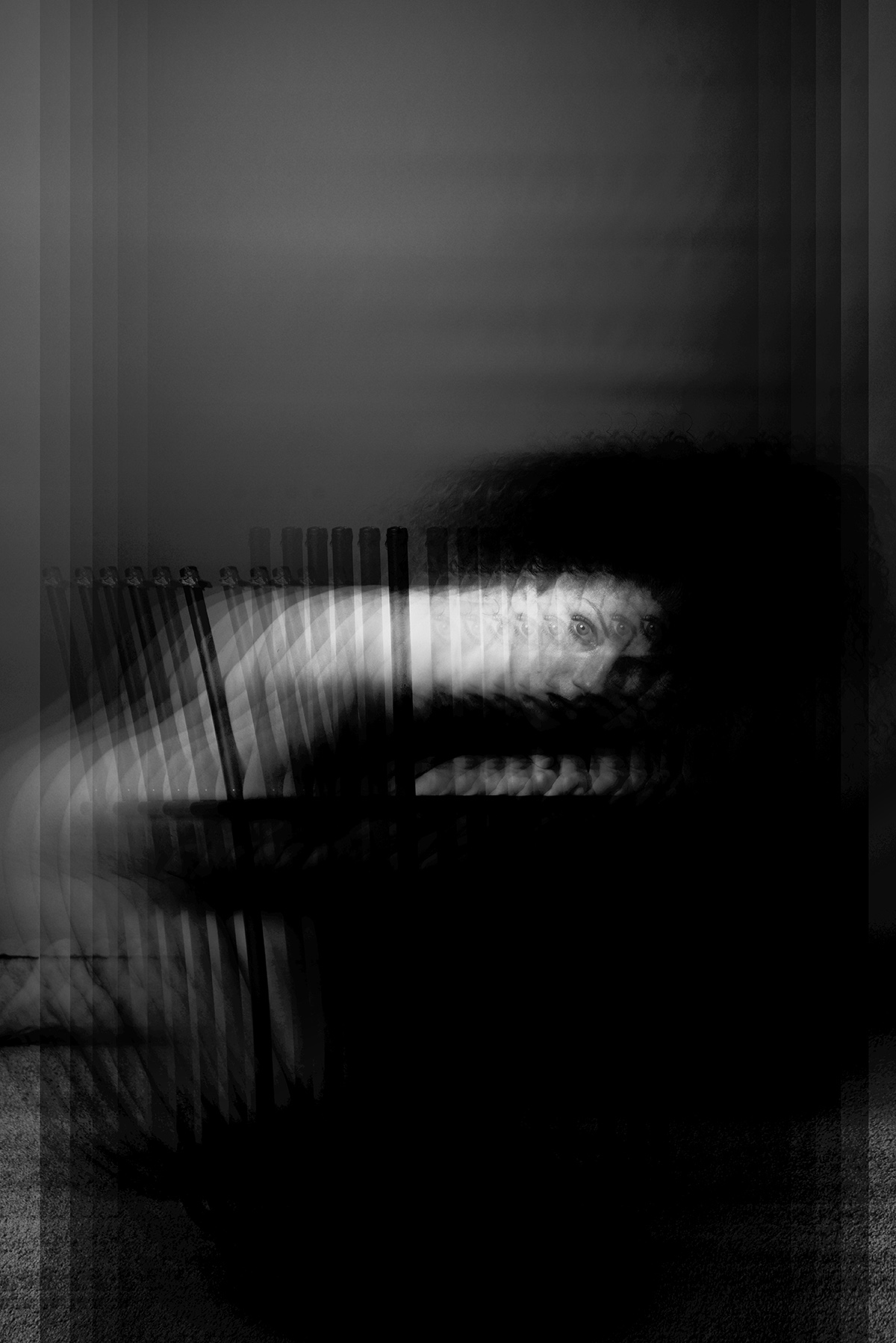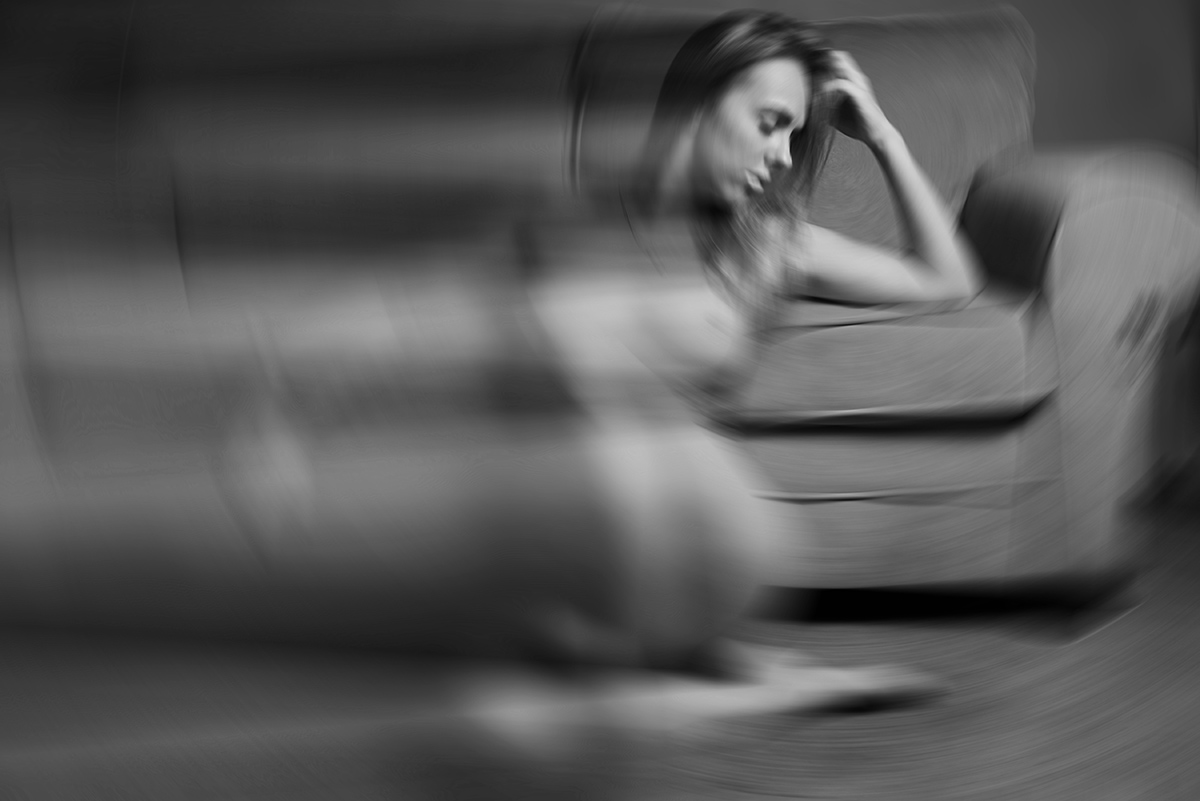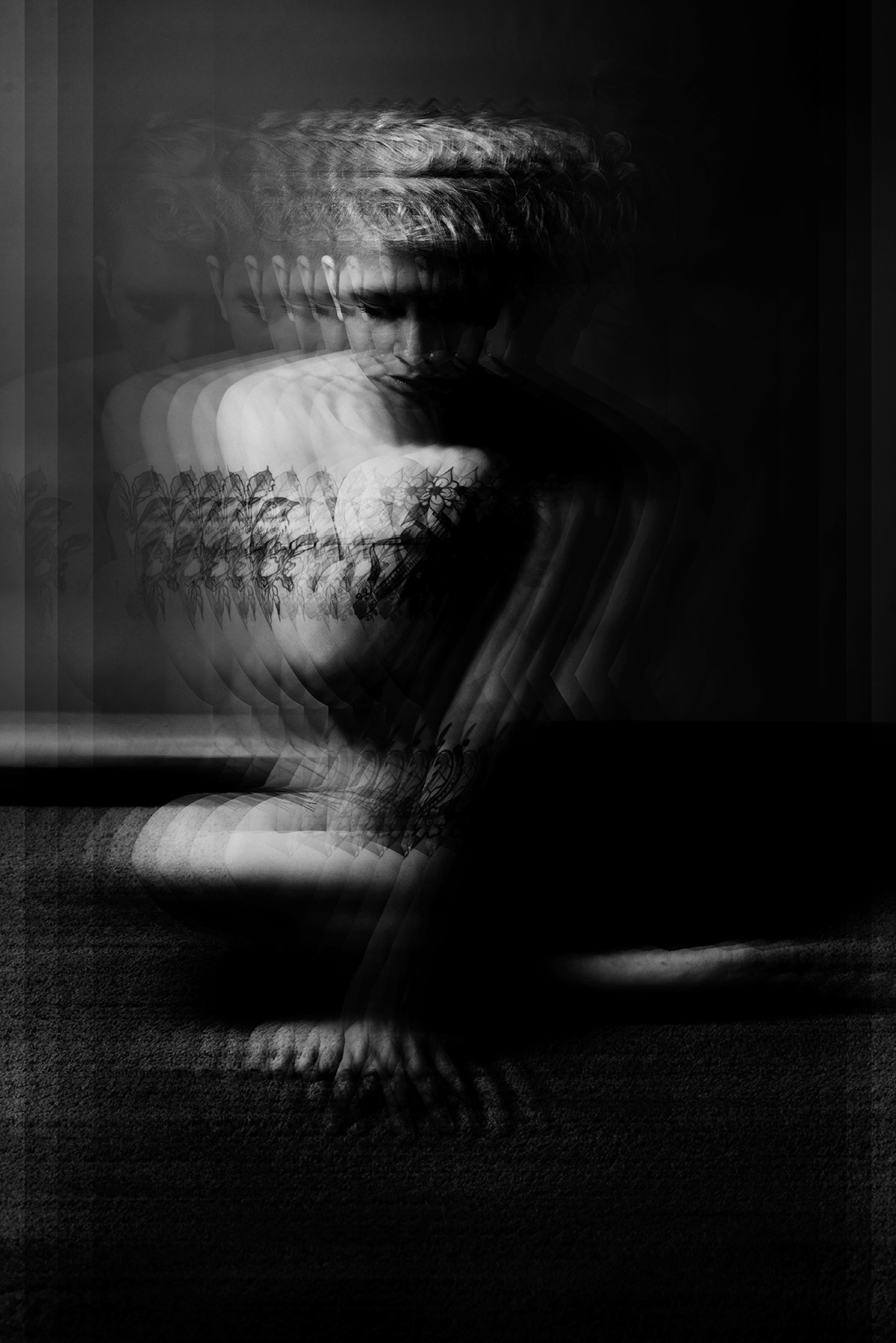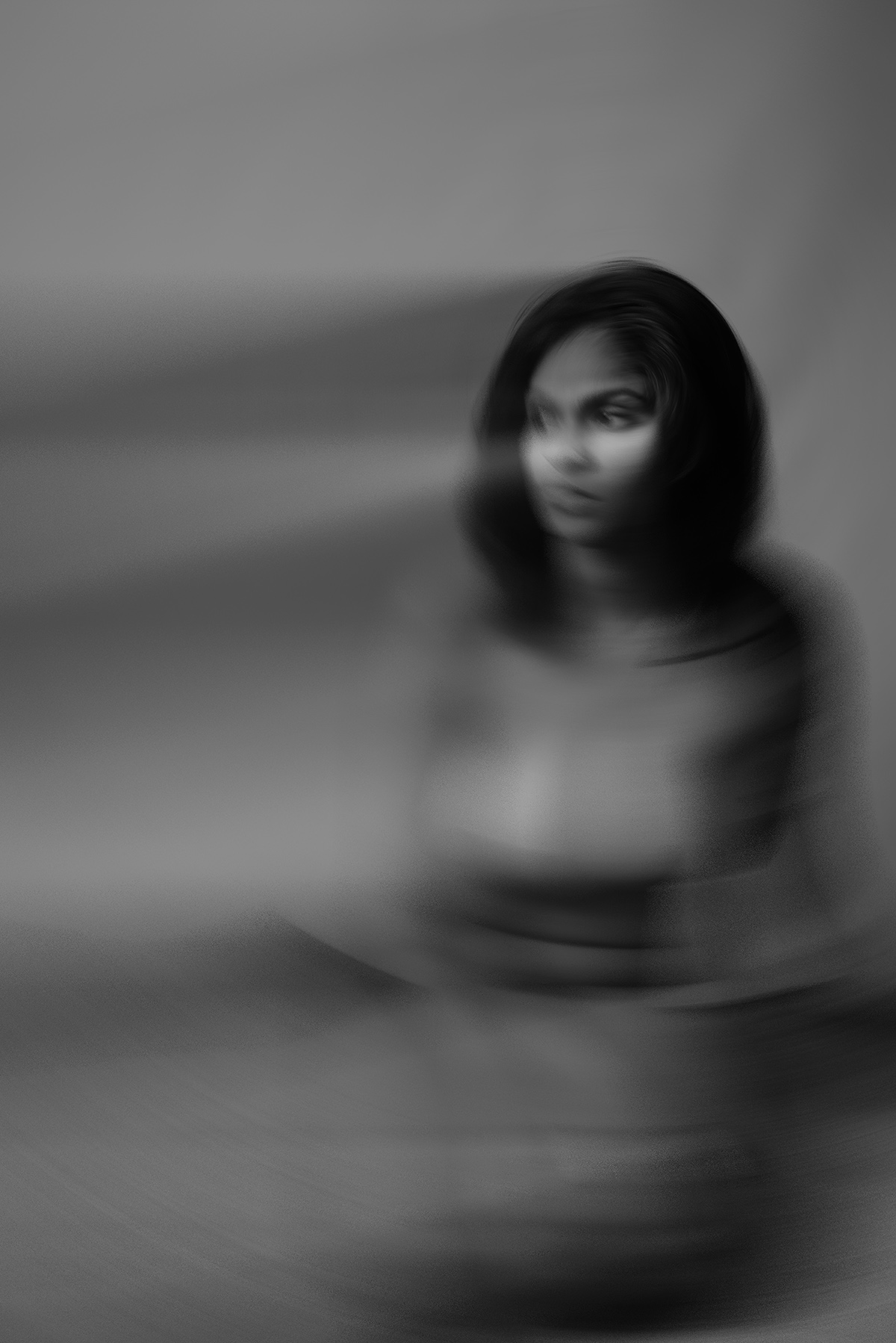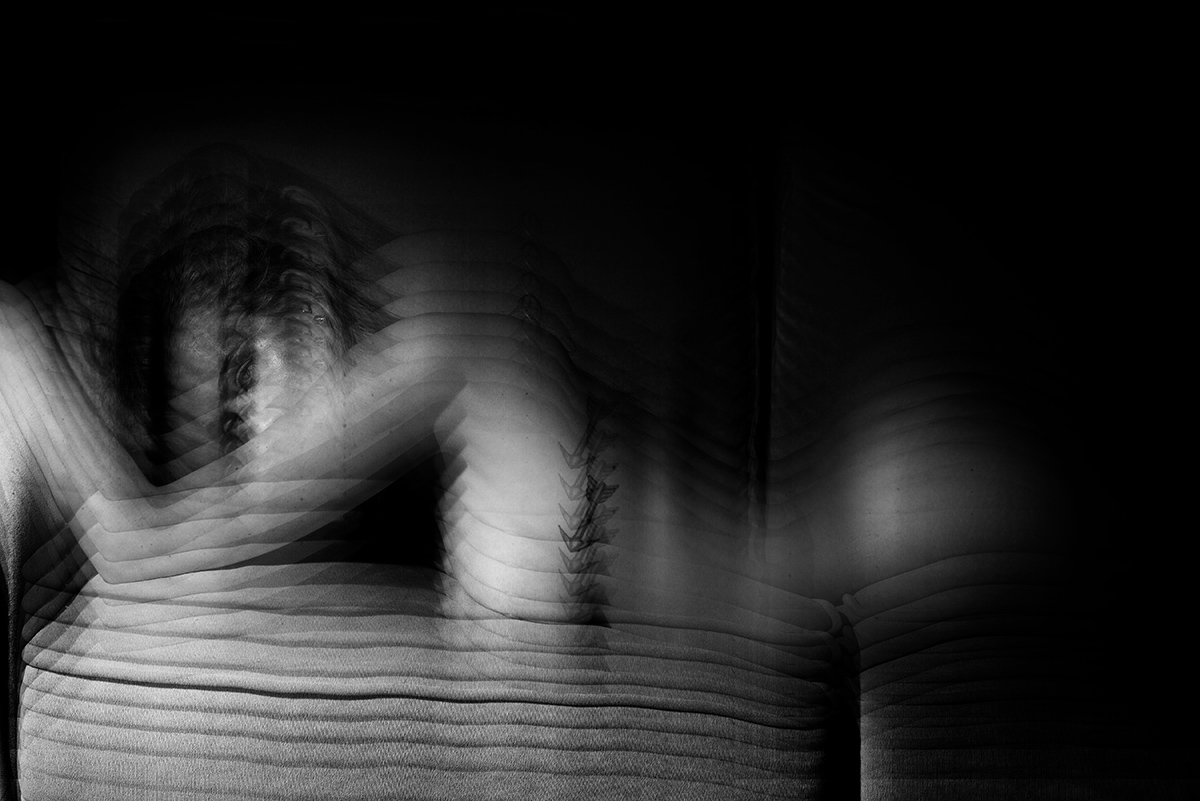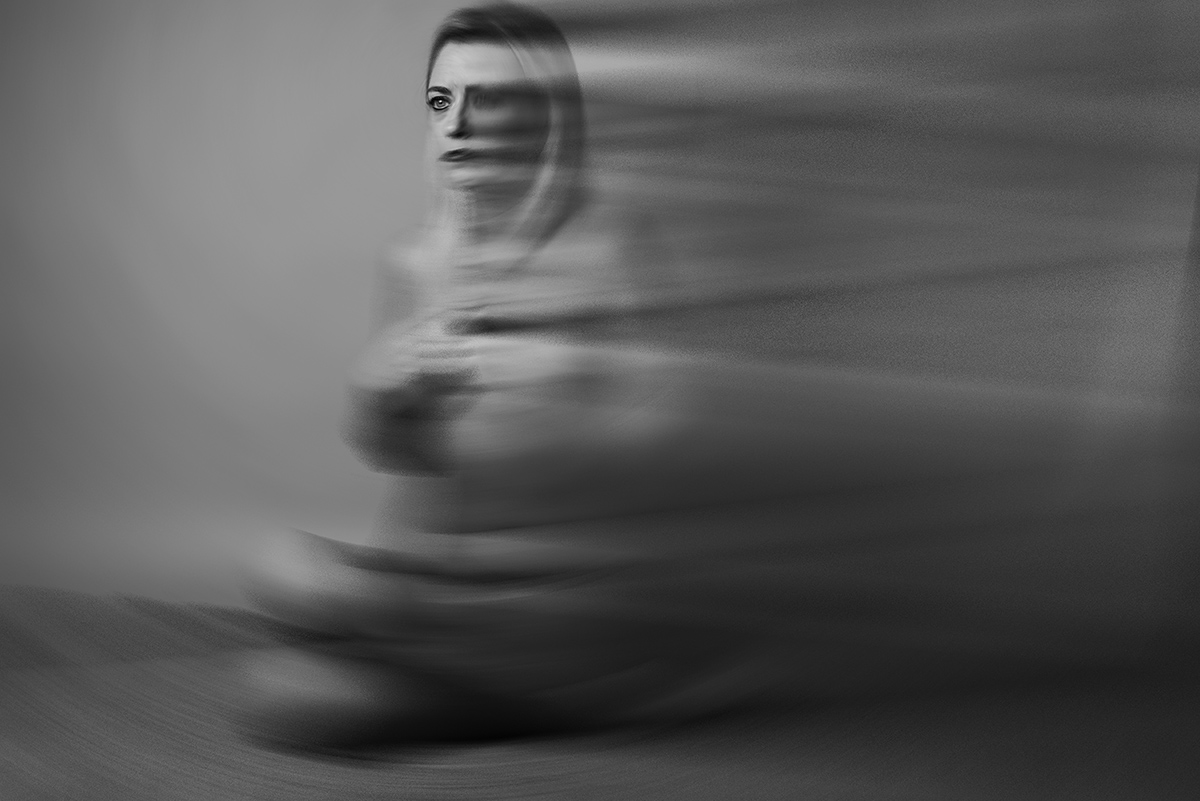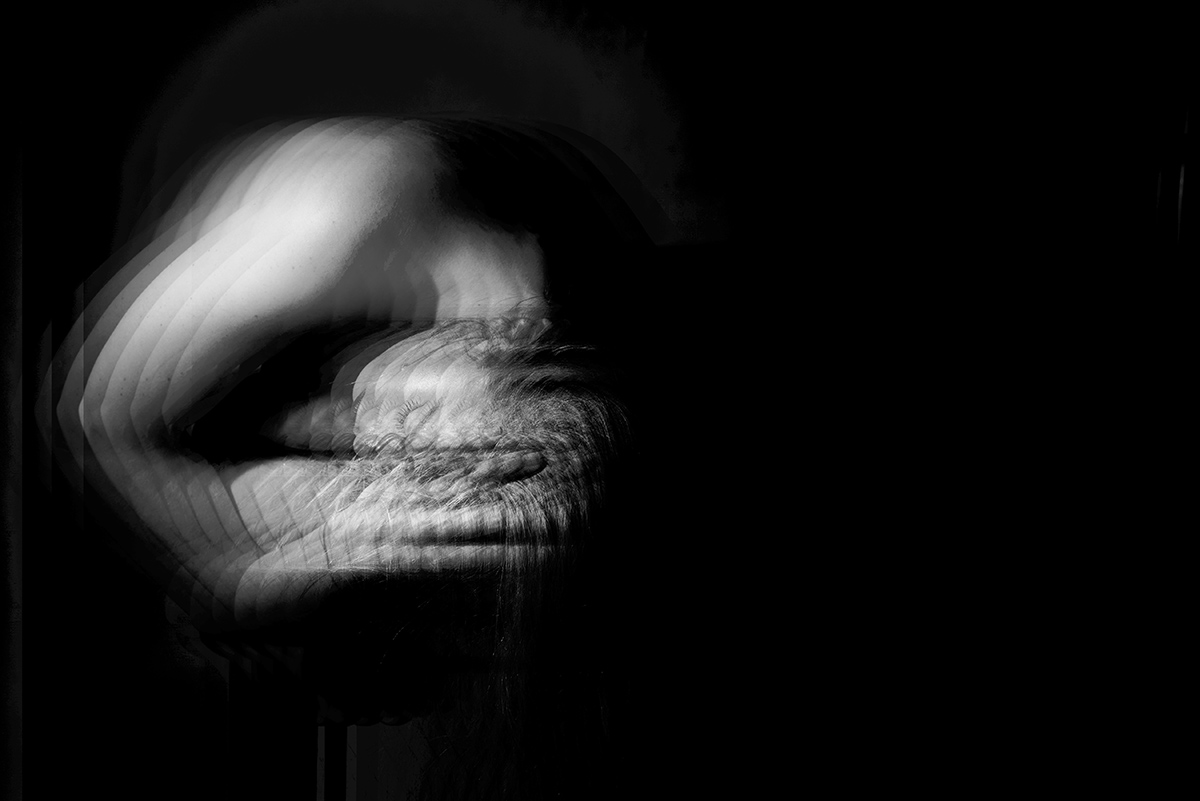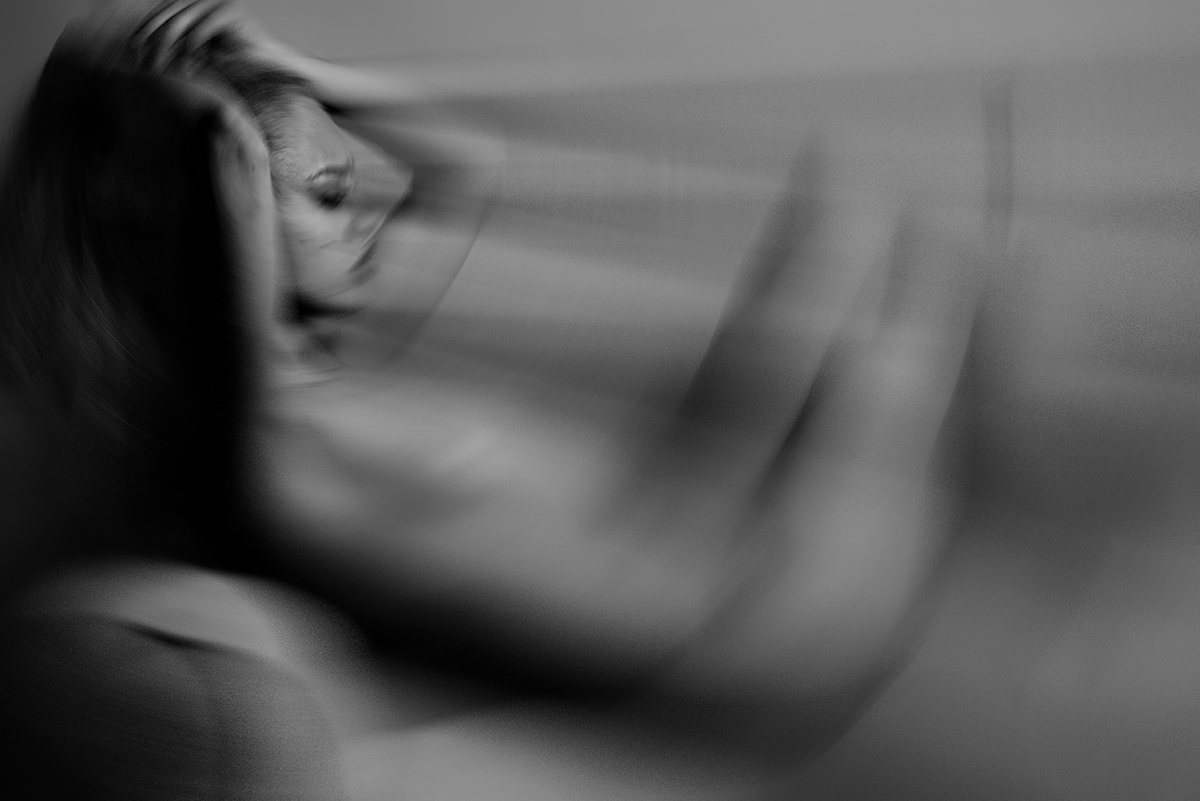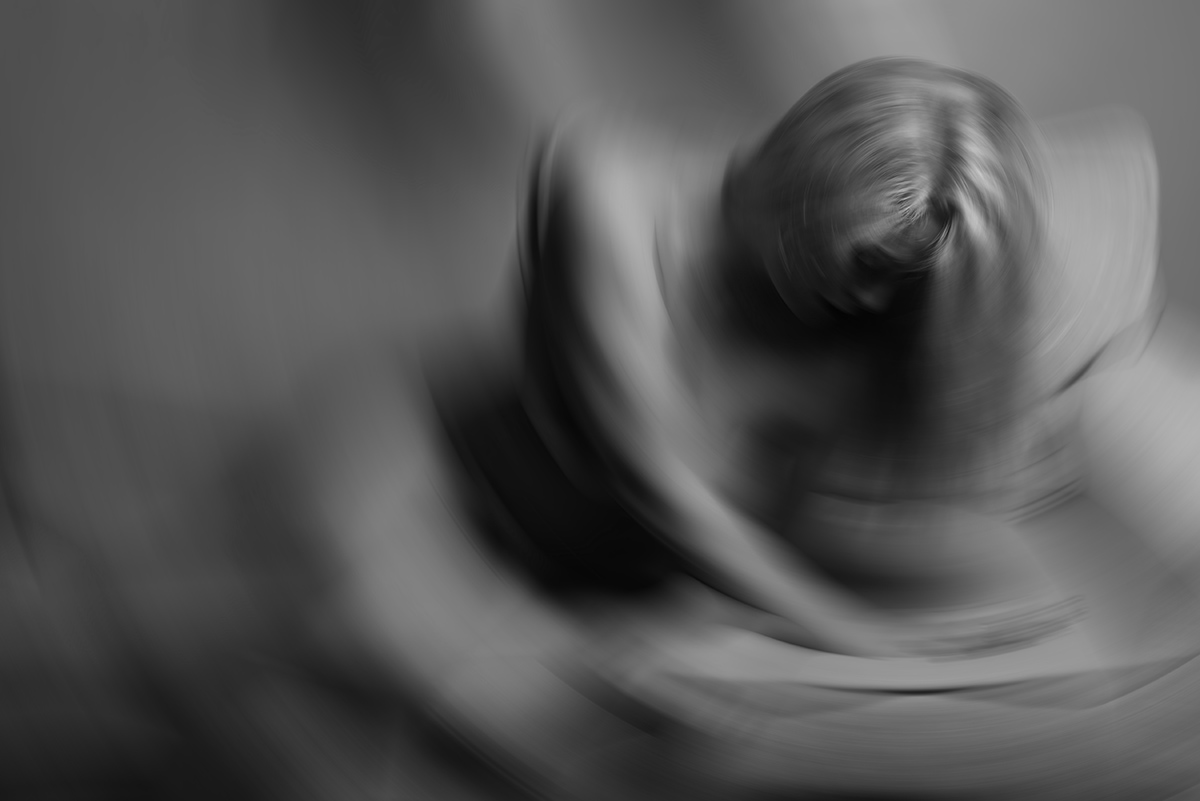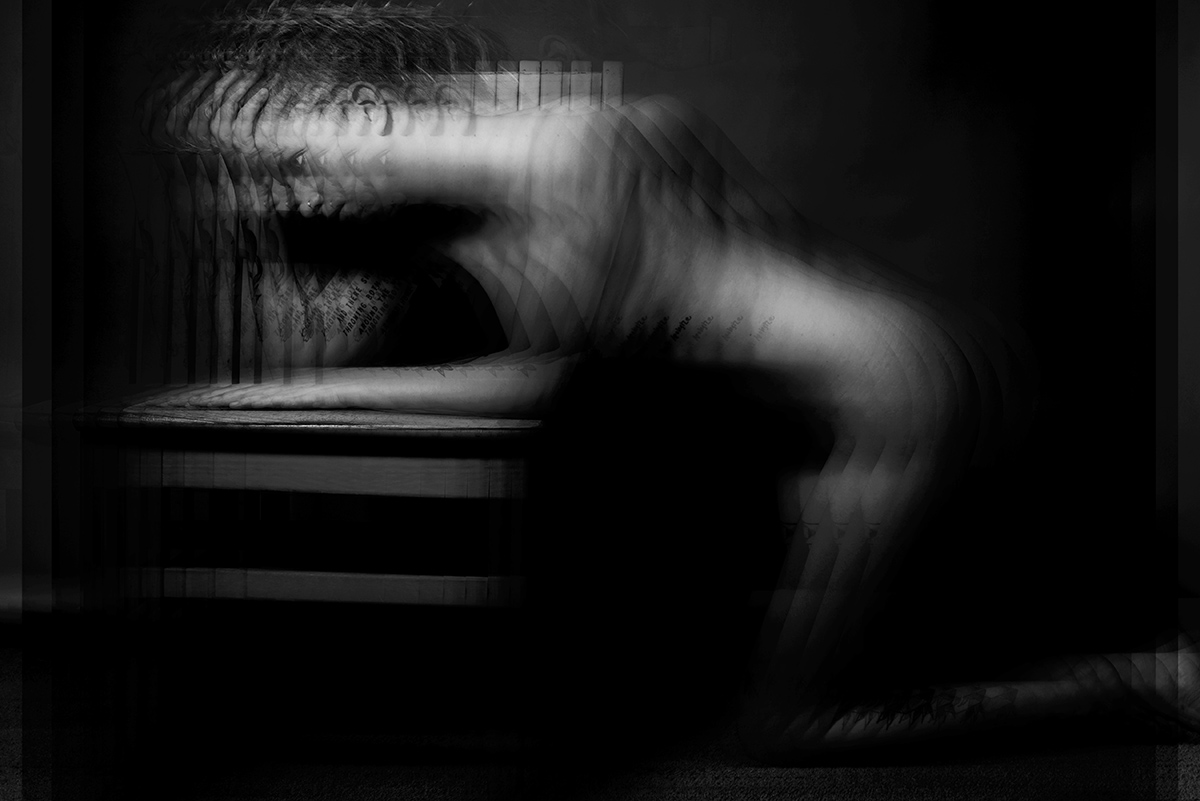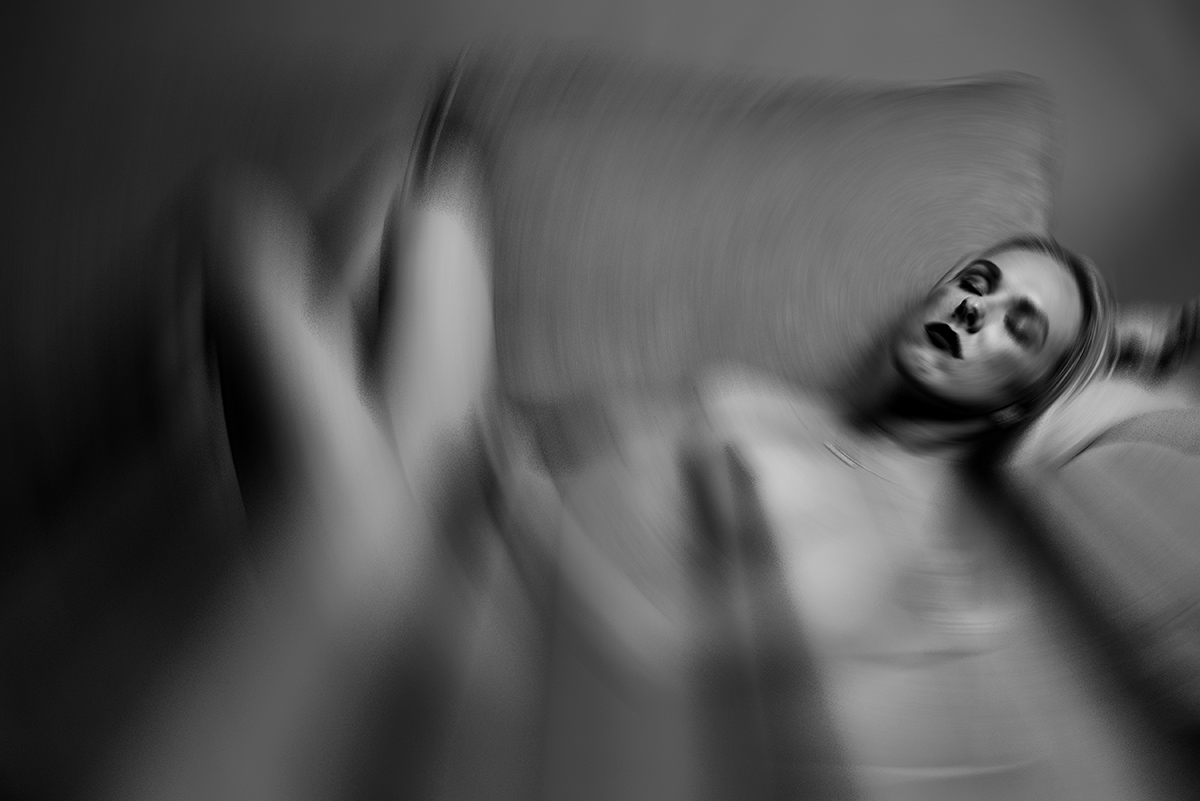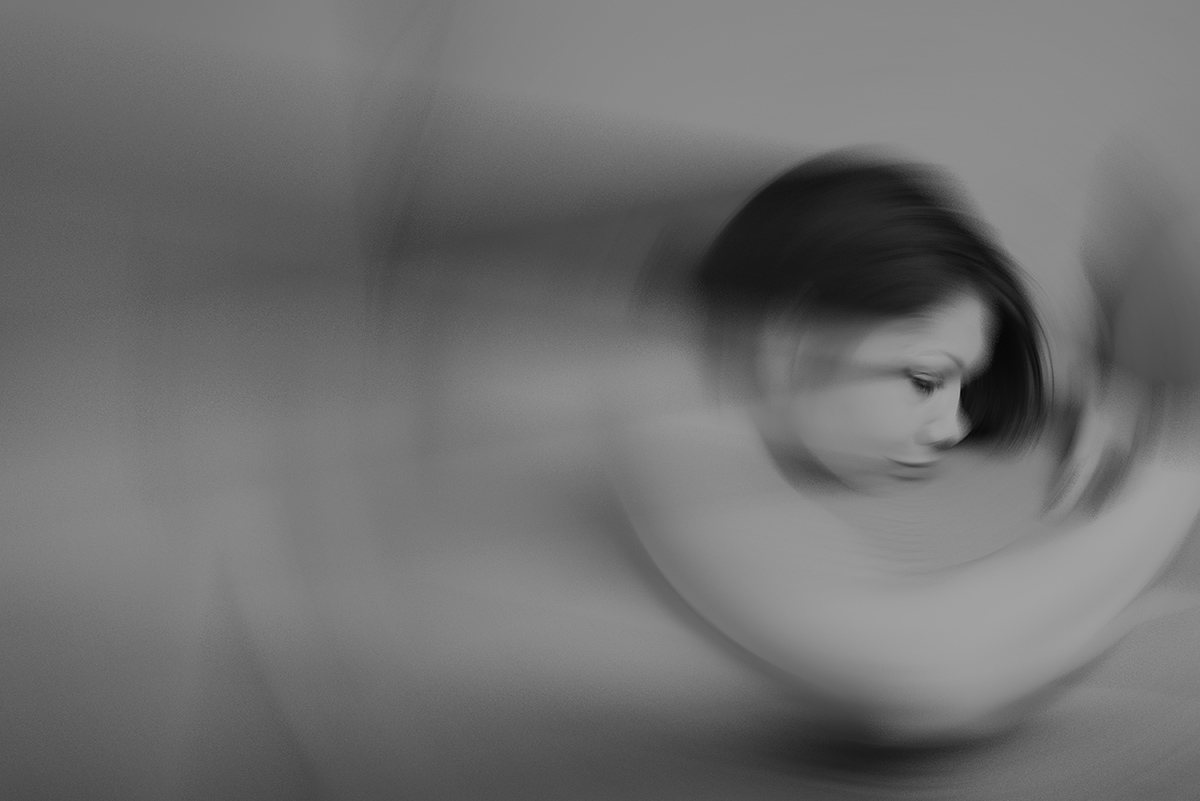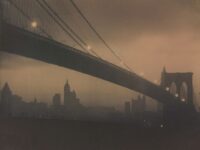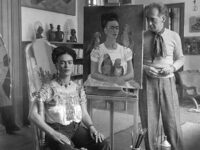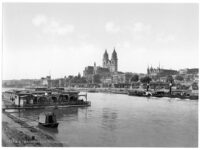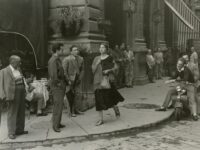– How and when did you become interested in photography?
Photography wasn’t supposed to be my thing.
My younger brother was the photographer. He took some high school classes. He had his own darkroom to develop film and make prints. And he was given a scholarship to attend art school and perfect his photography.
Along the way, however, he fell out of love with photography. Somewhere along the way, I fell in love with his discarded mistress.
In high school, I had taken a class about the science of photography. I got an okay grade. However, that was the extent of my interest for many years.
I studied journalism in college and took a job as a photojournalist after graduation. For my stories, I relied on my editor for any accompanying photographs. But as she grew older, her eyesight faltered. And this impacted her ability to focus.
Frankly, I was embarrassed to have her images accompany my stories.
So, I went to a camera store at a Connecticut mall and when I walked out I had a Nikon N4004 SLR.
For about the next decade and a half, my photography skills were directed toward ribbon cuttings, school presentations, and basketball games.
My photography skills were hamstrung by the digital revolution. My newspaper handed me a digital point and shoot, with a 3 megapixel resolution, and told me to ditch the DSLR, zoom lenses, and film.
Although I swore at the cost cutting measure– closing the darkroom and moving away from chemistry was about saving money more than riding the wave of the future— I realized the freedom of a digital camera. You could take as many images you wanted on a memory card. And you could screw up as many times as possible and just delete the dreck.
This gave me the chance to explore.
Initially, I took photographs of still objects, the granite of gravestones was a favorite because of their timeless monochrome. And I took portraits of friends willing to tolerate the intrusion of a camera in their face.
Through practice, I learned about composition. I began to recognize angles. I looked at magazines filled with photos such as Rolling Stone and People. I read about photographers. I copied and mimicked.
As I “played,” I told myself I was creating art.
In time, I stepped away from the slavish imitation of images I had seen in books and magazines. I saw photography as a way to express ideas. Photography began to become a way to work out my problems. And photography became a way to help people realize that their own feelings are shared by others.
– Is there any artist/photographer who inspired your art?
One of my sidelines is shooting fashion. And I have absorbed those masters more thoroughly than the usual catalogue of art photographers.
I am a big fan of Helmut Newton. Although he often gets touted for the eroticism in his photography, I like the more general, diabolical mood he creates. His photography also creates a new universe, one we like to think exists because it reinforces how awful our own lives are. Who wouldn’t want to cavort with beautiful women on the grounds of a European castle.
Horst P. Horst is also a favorite. Again, like Newton who followed him, Horst broke the rules and created the language of fashion photography. He moved the form away from mere presentation of the clothes to framing it within a story. He also was a master of lighting, right at home in the times of film noir and expressionism.
Man Ray was amazing because he explored the possibilities of the process of photography. There were no rules for an art form not considered an art form and he took advantage of it. I found Man Ray especially appealing for the way he took what he learned in art and applied it to successful fashion photography career.
As a photographer who specializes in nude work, Robert Mapplethorpe also stands tall in my influences. Although there is an eroticism in his nude work, it is in a different neighborhood than the newsstand nudes found in the pages of Playboy and Penthouse. His black and white images, for lack of a better term, were quite moist.
– Why do you work in black and white rather than colour?
I work in both black and white and color. It’s simply a matter of picking the right tool for the right job. I always find it disingenuous when photographers will ask on social media if a photograph looks better in color or black and white. As the artist, you should know, you should feel, which one is right.
For me, black and white and the nude is about timelessness.
Clothing can be tied to a time period as can the colors surrounding the image. If I want the image to look as if it could have been made 100 years ago or can be appreciated 100 years from now, black and white is the way to go.
– How much preparation do you put into taking a photograph/series of photographs?
When I start an art series, I typically find myself brooding about what I can do next. I guess I am much more receptive to suggestions at this time. Friends or acquaintances will say something, or I read a headline or see a music video, and something will click. The problem solving will begin. I then call in one of my regular models and we “play” with the idea to see if it will work. When it does, I typically focus on that one idea for several months, refining it and perfecting it.
– Where is your photography going? What projects would you like to accomplish?
My primary goals with photography are to get better at it and to get my art before a broader audience. Every artist, I would think, values evolution. Standing still can be debilitating and boring. Also, I think the themes I explore are universal. I would like my art to cause the viewer to look within themselves and realize that their demons are shared by others. They are not alone.
Website: mikechaiken.wixsite.com/mikechaikenphoto

